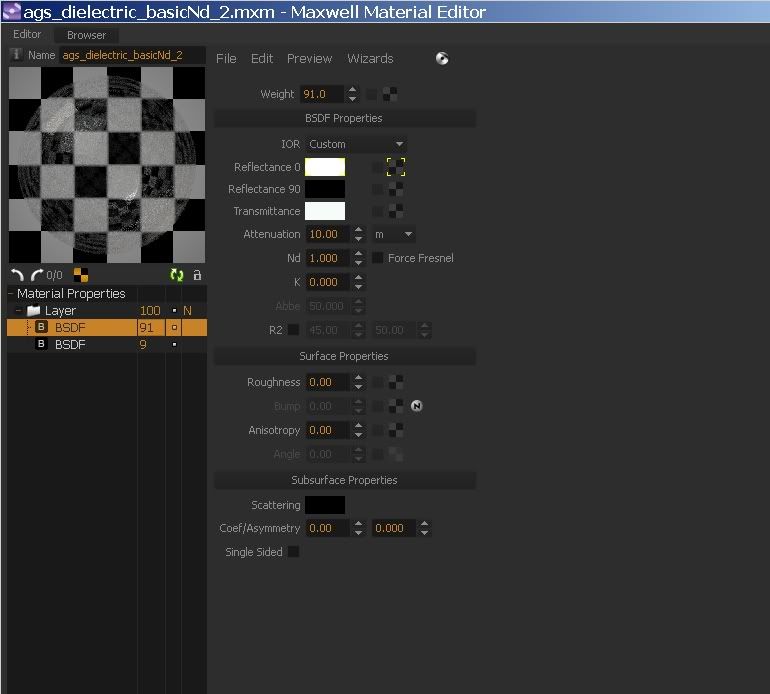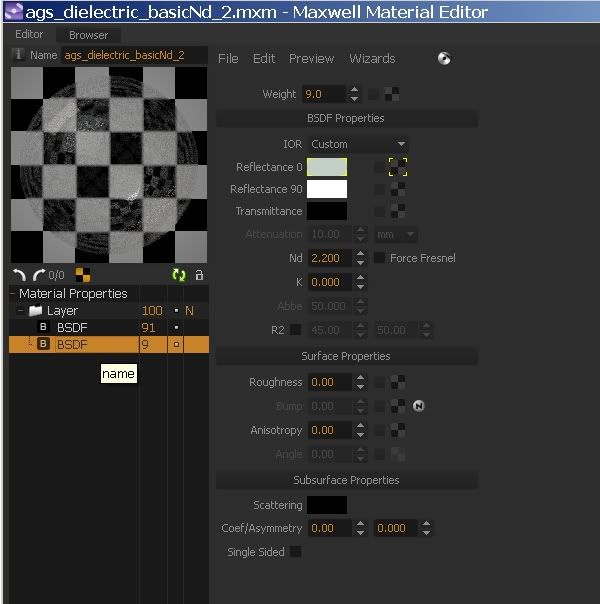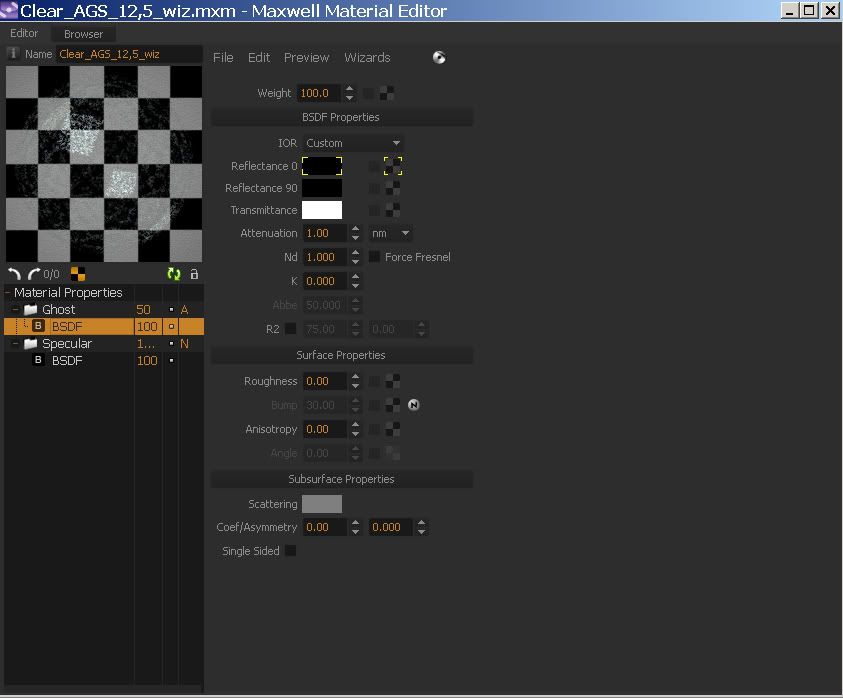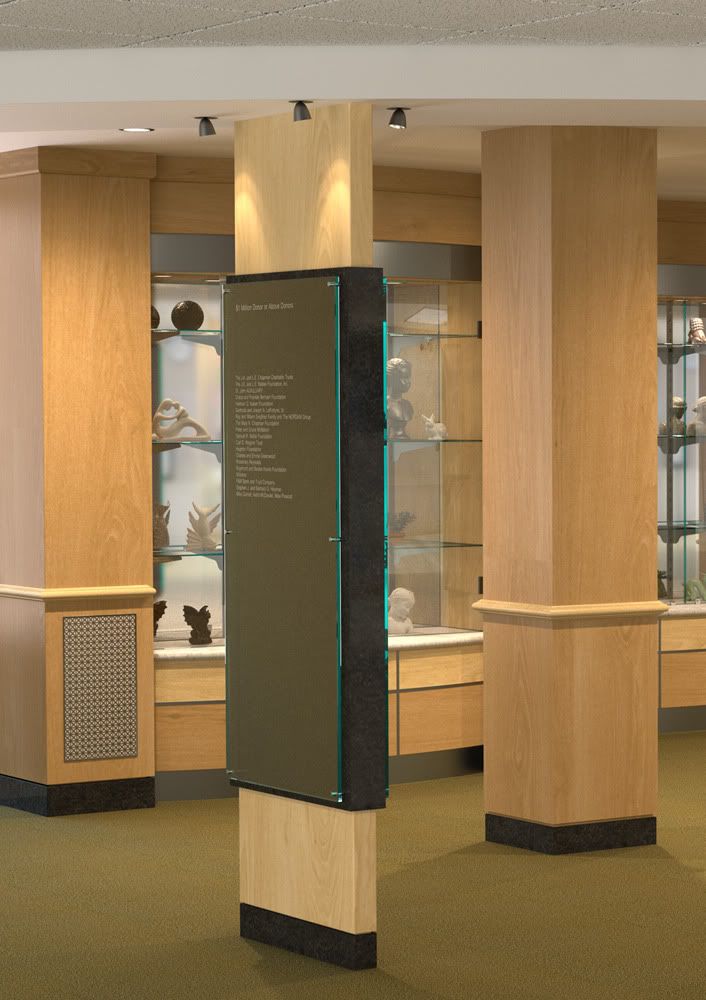- Tue Jun 21, 2011 11:21 am
#343941
Hello,
I am using an AGS glass for rendering which include Glas cases. this test render is rough(noise) probably because of too low SL (13.66), but my real problem is that
1.)the glass seems to be casting very dark shadows, and
2.) the light doesn't seem to be falling on the tops of the display shelves
This could be an important consideration:the displays are of THREE materials- the GLASS, and a MATTE and SEMI GLOSS Gray matallic material. The Gloss if for most of the Matal you see, EXCEPT the shelf piece which is matte.
here is my Glass composition in 2 BSDFs:


the test render:
thanks for any comments, ideas.
Peter
I am using an AGS glass for rendering which include Glas cases. this test render is rough(noise) probably because of too low SL (13.66), but my real problem is that
1.)the glass seems to be casting very dark shadows, and
2.) the light doesn't seem to be falling on the tops of the display shelves
This could be an important consideration:the displays are of THREE materials- the GLASS, and a MATTE and SEMI GLOSS Gray matallic material. The Gloss if for most of the Matal you see, EXCEPT the shelf piece which is matte.
here is my Glass composition in 2 BSDFs:


the test render:
thanks for any comments, ideas.
Peter
Last edited by Petero on Thu Jun 23, 2011 5:57 pm, edited 1 time in total.




 - By Gaspare Buonsante 20200309160206
- By Gaspare Buonsante 20200309160206